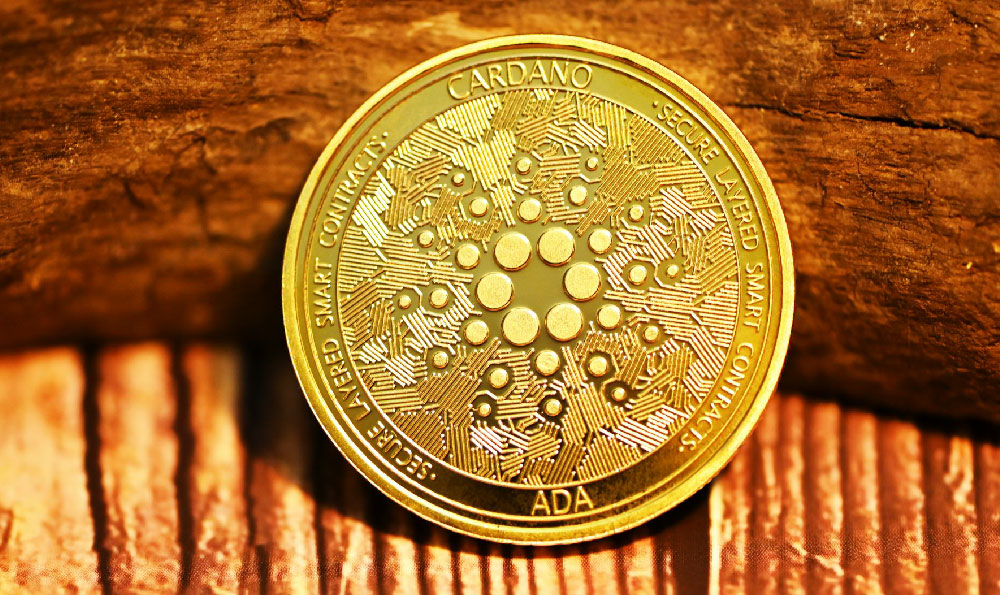
The allure of readily transforming digital designs into tangible objects has propelled 3D printing into the mainstream consciousness. But beyond the initial excitement and novelty, a fundamental question remains: can a 3D printer genuinely generate profit? The answer, like most investment endeavors, is nuanced and depends heavily on a confluence of factors. While the narrative of overnight riches from a desktop 3D printer might be exaggerated, the potential for a 3D printer to be a money maker is undeniably present, provided a strategic and well-informed approach is adopted.
To assess the profit-generating capacity of a 3D printer, one must first consider the landscape of applications. The technology’s versatility lends itself to diverse industries and use cases, each with varying degrees of profitability. Rapid prototyping remains a cornerstone application, enabling businesses to quickly iterate on designs, test concepts, and reduce time-to-market. For engineering firms, product development companies, and even independent inventors, a 3D printer becomes an invaluable tool, justifying its cost through accelerated innovation and reduced development expenses. However, the profit margin in this application isn't directly tied to printed units; rather, it's measured in the efficiency and effectiveness of the prototyping process.
Moving beyond prototyping, the realm of custom manufacturing presents a more direct pathway to profit. 3D printing excels at producing low-volume, highly customized products that are difficult or uneconomical to manufacture using traditional methods. This includes personalized gifts, bespoke components for niche markets, and even medical implants tailored to individual patient needs. The ability to charge a premium for unique, on-demand products translates into a higher profit margin compared to mass-produced goods. The success in this area hinges on identifying specific customer needs and developing innovative products that fill those needs. A crucial aspect is market research: understanding the demand for custom-made items within a chosen niche is vital before investing in the necessary equipment and materials.

The viability of 3D printing as a money maker also hinges on understanding the cost structure involved. The initial investment in the printer itself can range from a few hundred dollars for a basic desktop model to tens of thousands for industrial-grade machines. Beyond the upfront cost, one must factor in the ongoing expenses of materials (filament, resin, powder, etc.), maintenance, electricity, software licenses, and potentially, specialized labor. A detailed cost analysis is essential to determine the breakeven point and calculate potential profit margins.
Furthermore, material selection plays a critical role in both cost and profitability. Different materials command different prices, and their properties dictate the suitability of the printed parts for specific applications. Experimentation with various materials is often necessary to optimize both performance and cost-effectiveness. For instance, using a high-performance polymer for a non-critical component might be overkill and unnecessarily inflate production costs.
The operational efficiency of the 3D printing process is another key determinant of profitability. Optimizing print settings, minimizing material waste, and streamlining post-processing steps can significantly reduce production time and costs. Employing design for additive manufacturing (DfAM) principles, which involves designing parts specifically for 3D printing, can further enhance efficiency and improve the quality of the final product. Automation, where feasible, can also play a role in reducing labor costs and increasing throughput.
The competitive landscape is an often overlooked factor. The relative ease with which individuals can acquire and operate 3D printers has led to increased competition in certain markets. Distinguishing oneself through unique product offerings, superior quality, exceptional customer service, or a strategic pricing strategy is crucial to stand out from the crowd. Building a strong brand identity and cultivating a loyal customer base can provide a competitive edge.
Beyond direct product sales, there are alternative avenues for generating revenue with a 3D printer. Offering 3D printing services to individuals and businesses that lack their own equipment can be a viable option. This can involve printing prototypes, creating custom parts, or even providing design and modeling assistance. Participating in online marketplaces for 3D printed goods can also expand market reach and attract new customers. Teaching workshops and classes on 3D printing can generate income while simultaneously promoting the technology and attracting potential clients.
Finally, successful monetization of 3D printing requires a business mindset. It's not enough to simply own a printer and create interesting objects. A well-defined business plan, a targeted marketing strategy, and a commitment to continuous improvement are essential for long-term success. This includes actively seeking customer feedback, adapting to changing market trends, and investing in ongoing learning and development to stay abreast of the latest advancements in 3D printing technology.
In conclusion, while a 3D printer isn't a guaranteed path to instant wealth, it undoubtedly possesses the potential to be a money maker. The key lies in identifying a viable application, carefully analyzing the cost structure, optimizing the production process, navigating the competitive landscape, and adopting a strategic business approach. The ability to innovate, adapt, and relentlessly pursue opportunities will ultimately determine whether a 3D printer becomes a valuable asset or simply an expensive hobby. The success stories are out there, demonstrating that with ingenuity and diligence, the promise of printing profit can indeed become a reality.





